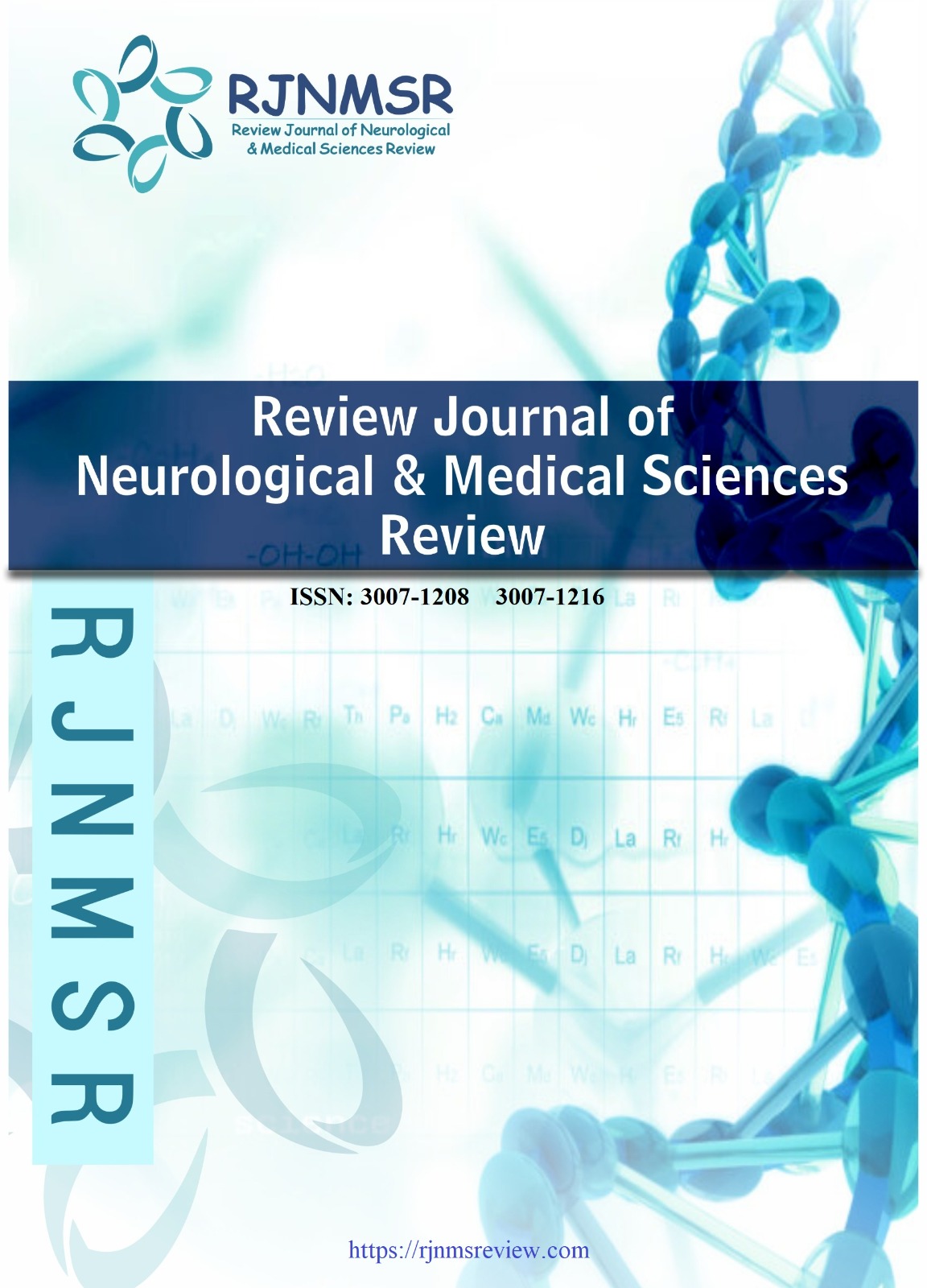A COMPARATIVE ANALYSIS OF ULTRASOUND AND X-RAY HYSTEROSALPINGOGRAPHY FOR THE DIAGNOSIS OF ABNORMALITIES IN THE FEMALE REPRODUCTIVE TRACT IN INFERTILITY
DOI:
https://doi.org/10.63075/r83swn55Keywords:
Transvaginal sonography, hysterosalpingography, infertility, diagnostic accuracy, uterine abnormalities, sensitivity, specificityAbstract
Background: Accurate identification of uterine abnormalities is essential in the diagnostic workup of Female infertility. Transvaginal sonography and hysterosalpingography are commonly used imaging modalities; however, their comparative diagnostic accuracy remains under evaluation. Objective: This study aimed to compare the diagnostic accuracy of Transvaginal sonography and hysterosalpingography in detecting uterine abnormalities among women presenting with infertility. Methods: A cross-sectional diagnostic accuracy study was conducted involving 78 infertile women Age between 22 and 40 years. All participants underwent both Transvaginal sonography and hysterosalpingography evaluations. Data were collected regarding the presence or absence of specific uterine abnormalities, including endometrial polyps, fibroids, endometrial hyperplasia, subseptated uterus, intrauterine adhesions, and congenital anomalies. Sensitivity, specificity, positive predictive value, and negative predictive value were calculated using standard formulas. Results: TVS demonstrated high specificity (100%) and PPV (100%) across all uterine abnormalities. Sensitivity varied depending on the pathology, with higher sensitivity observed for fibroids (80%) and endometrial hyperplasia (66.67%), and lower values for endometrial polyps (63.64%), intrauterine adhesions (60%), and subseptated uterus (44.44%). HSG identified more cases across most abnormalities, particularly congenital anomalies and obliterate athologies, highlighting its higher sensitivity. No cases of septated or unicornuate uterus were detected in this study. Conclusion: TVS is a highly specific and non-invasive tool for diagnosing uterine abnormalities, particularly effective in confirming fibroids and endometrial conditions. However, HSG offers superior sensitivity for detecting congenital anomalies and intrauterine adhesions. The combined use of TVS and HSG enhances diagnostic accuracy and supports comprehensive infertility evaluation and management.Downloads
Published
2025-07-10
Issue
Section
Articles
How to Cite
A COMPARATIVE ANALYSIS OF ULTRASOUND AND X-RAY HYSTEROSALPINGOGRAPHY FOR THE DIAGNOSIS OF ABNORMALITIES IN THE FEMALE REPRODUCTIVE TRACT IN INFERTILITY. (2025). Review Journal of Neurological & Medical Sciences Review, 3(3), 94-101. https://doi.org/10.63075/r83swn55

